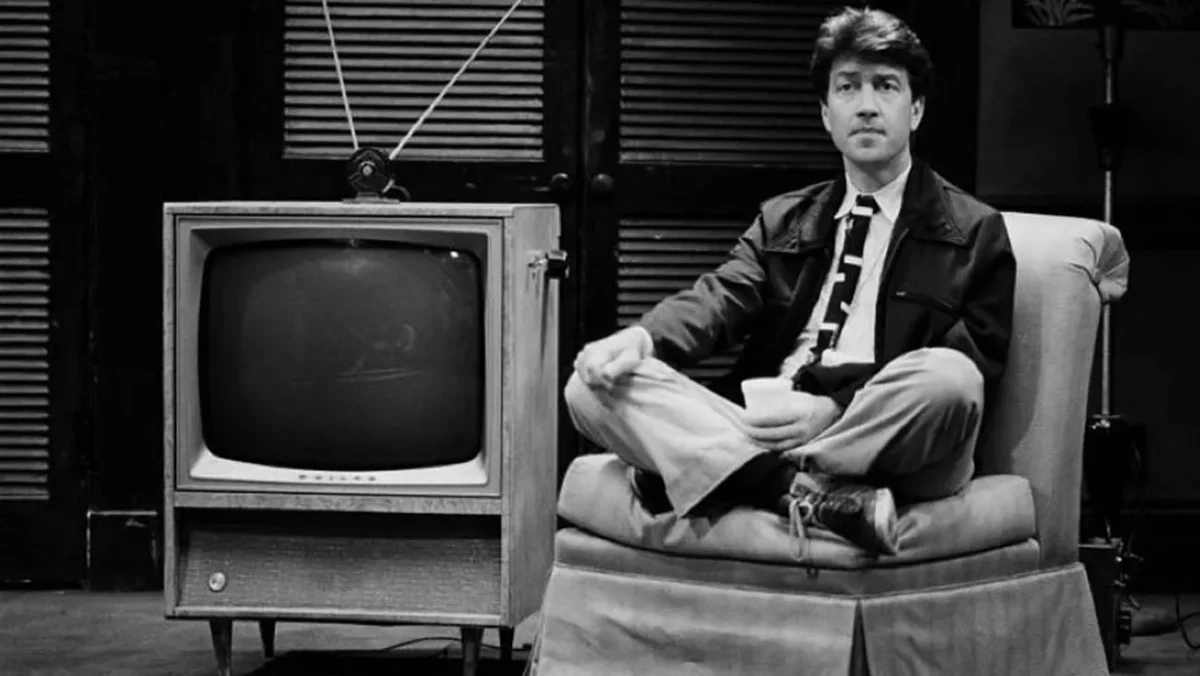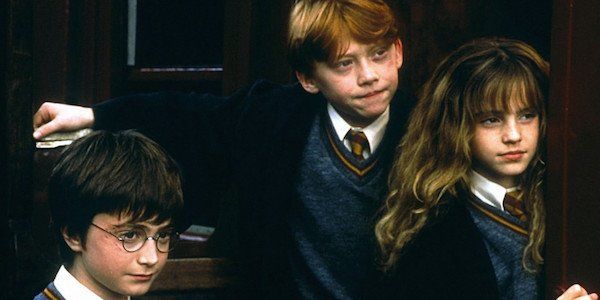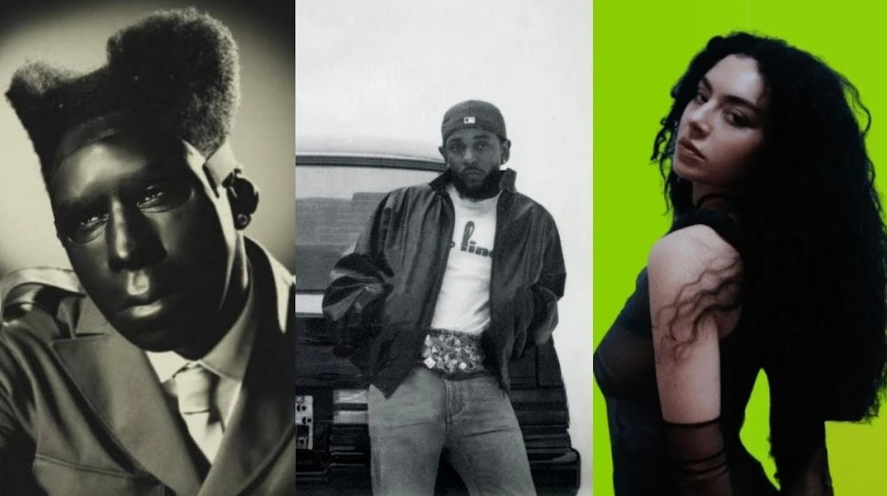Throughout my time in the Teen Reviewers and Critics program, I pieced together and wrote the following three reviews on movies I was interested in. As someone who has always loved films and watching movies, I love writing about them and making reviews. Throughout the following reviews I examine the visual and emotional elements in the films, the storytelling, acting, and impact it left on me (the viewer). Below you will find reviews on Michael Curtiz’s 1942 “Casablanca,” Jesse Eisenberg’s “A Real Pain” (2024), and “Mufasa: The Lion King” (2024) directed by Barry Jenkins.
“Casablanca” (1942)
Michael Curtiz’s 1942 “Casablanca“ is a classic early-era film with a remarkable timeless legacy, leaving an unrivaled mark on cinema as a romance, drama, and war film. As a teenager, I didn’t expect to fall in love with an 80+ year-old black-and-white movie. Still, its intriguing storyline remains a timeless representation of the dichotomy between love and war and continues to resonate with many, including kids. “Casablanca“ is considered one of the greatest films of all time by many for blending genres and capturing such an incredible story. It is less a romance and more a tale of sacrifice, loyalty, and transitions between personal desire and moral duty.
The plot centers on Rick Blaine, the mysterious and derisive owner of Rick’s Café Américain in Casablanca, Morocco. Rick is a man carrying the weight of his past, and the moment his former lover Ilsa walks into his café doors with her new husband, Victor Laszlo, this reunion sparks an emotional explosion of feelings and choices– good and bad. The way this movie interplays personal struggles among the characters with the broader tensions associated with the onset of World War II is nothing short of incredible. With France involved in the war, Morocco and, importantly, Casablanca played a role in the fight as a French colony outside the battle zone: Europe. Within Rick’s Café Américain, we see many important war figures enter and converse, many of whom are German and French, who obviously are nemeses, yet the screen centralizes on the story of Rick, his complicated past, and his love life.
The performances and casting choices are excellent; Humphrey Bogart and Ingrid Bergman have unforgettable portrayals of Rick and Ilsa. Both characters make their emotions and feelings evidently transparent to the audience. This further develops the story and conveys what’s going on. Bogart’s deeply emotional performance unravels the story of a man torn between love and duty, trying to move on from the past. Meanwhile, Bergman portrays a girl with a complicated and vulnerable life and does a fantastic job bringing that onto the screen to make Ilsa such a multidimensional and intriguing character.
Visually, “Casablanca“ is astounding, especially for a black and white film. The way shadows and lighting work in tandem with each other illustrates the mood of each scene perfectly, adding much more to the story’s themes. The scenes showcasing the dynamic between Rick and Ilsa utilize shadows to convey the uncertainty and mysterious elements of their relationship. Part of why this movie was huge may be attributed to its capability to capture emotions, along with the great city of Casablanca in the early 1940s. Casablanca, the city itself, always looks stunning in this movie. It’s well-lit and shot magnificently, potentially symbolizing the contrast between beauty and destruction or war and peace.
For some, no other film may be greater than this, but to others, the ending might appear bittersweet or unsatisfying. It is, in fact, just this ambiguity that cements its greatness: it is a story that lingers with you and makes you wonder about the sacrifices we make in life for the greater good. “Casablanca” is not just a movie but a timeless testament, theme, and story, all about finding a balance between love and responsibility.
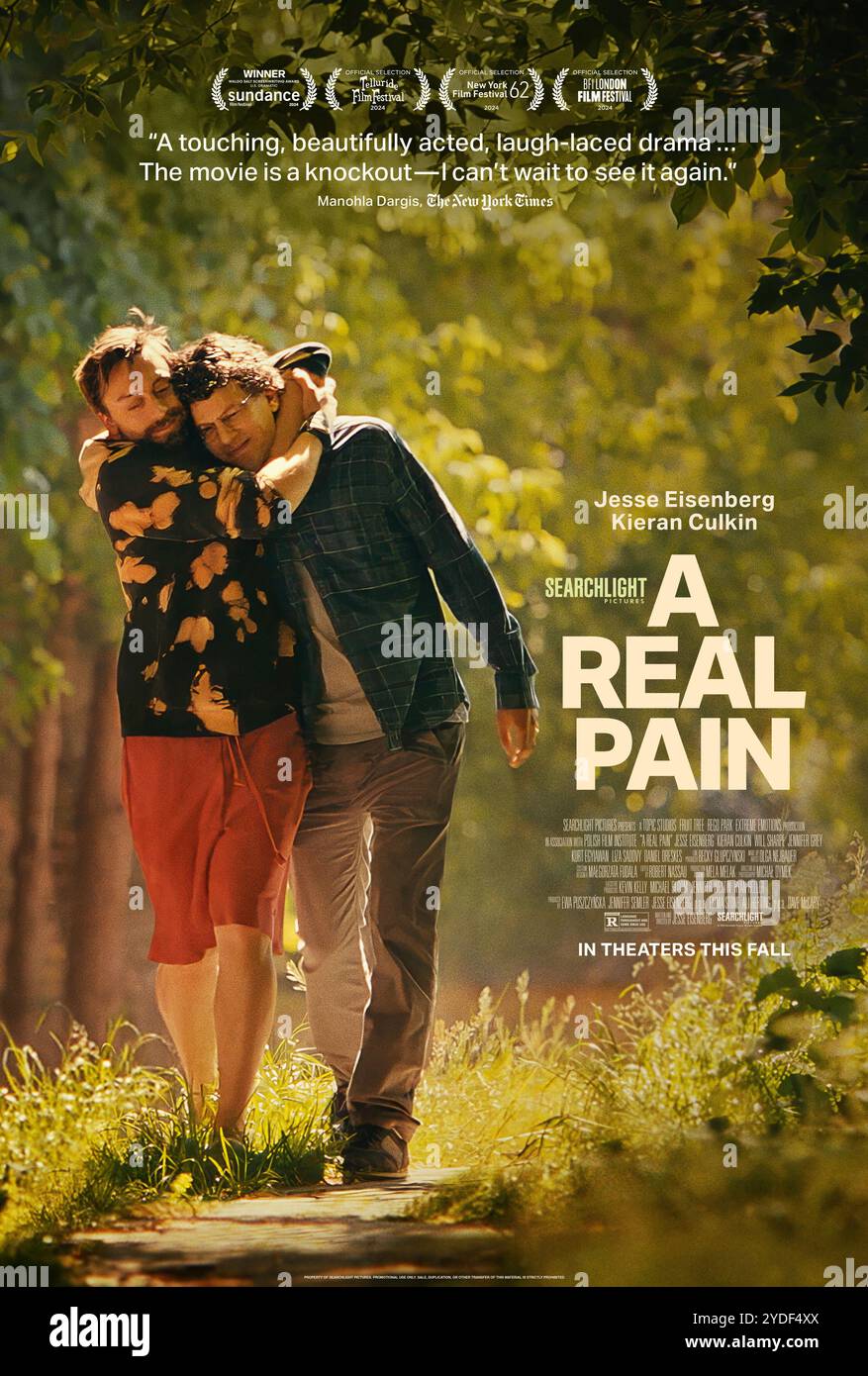
“A Real Pain” (2024)
Writer, Director, and Actor Jesse Eisenberg’s “A Real Pain“ is a brilliant and unconventional comedy-drama that blends film genres in new ways. Both hilarious and heartbreaking, the film explores historical damage, legacy, and self-discovery through a deep and authentic lens. “A Real Pain” jumps into trauma and finds a way to view it from a new perspective. The main characters, played by Jesse Eisenberg and Kieran Culkin, give viewers a new sense of how to view the world and how one can perceive their emotional past.
The film follows two cousins who reconnect after a family tragedy and embark on a heritage trip to Poland to explore their shared Jewish roots. What begins as a journey of cultural exploration quickly becomes a wild adventure between laugh-out-loud moments and deeply poignant reflections on their family’s past. The script is excellent, balancing absurd humor with moments of genuine reflection. In just the span of a couple minutes, Culkin’s character goes from taking a hilarious photoshoot in front of a giant WWII statue to reflecting on his family’s legacy and history, right on the land in which he stands. This film instantly makes one go from laughing to crying and somewhere in between. Few films capture grief and comedy in such harmony, but “A Real Pain” accomplishes it easily.
The casting is perfect. Jesse Eisenberg and Kieran Culkin have an equally awkward and friendly dynamic. Their chemistry on-screen feels natural, and their characters’ contrasting personalities amplify the film’s comedic and emotional moments. The film becomes even more unique when the supposed ‘carefree and funny’ character breaks down in tears, and vice-versa. It illustrates the complexities of human personality and allows us to expand beyond initial expectations. Supporting performances from the ensemble cast are excellent, grounding the film even in its most surreal moments. The supporting characters’ relationships, from the married couple to the single lady who met under unusual circumstances, are portrayed very well. Through the awkward but often meaningful conversations Culkin sparks up with these characters, we better understand the reason behind why each character decided to come on this somber and heartfelt trip.
Visually, the film stands out a lot. Its use of muted colors and careful framing emphasizes the weight of its themes, while the absurdist comedy sequences are enhanced by clever editing and unexpected visual twists. Using real Polish locations lends authenticity to the story, immersing the audience in the character’s journey. It’s also worth mentioning that many scenes are quite beautifully shot! The switch between a greyish empty color to a bright, saturated lens represents the combination of the two opposing characters’ drastically different lifestyles, especially in the cemetery scene where each character’s outlook on the situation changes the colors of the film. This helps to blend the movie’s scenes into a near-masterpiece of a film.
However, in “A Real Pain,” certain scenes often feel drawn out, disrupting the film’s otherwise decent pacing. I found myself checking the time at some points out of boredom because of how long some parts of the movie were. It took a while to jump into the action, and it was slow initially. Despite this, waiting through slow scenes is worth it, as the film moves towards a memorable conclusion that has stuck with me since viewing. I left the theater feeling conflicted in the best way possible; confused as to whether what I had just seen was a comedy or drama, however the conclusion I came to was that “A Real Pain” at its core is a phenomenal blend of genres that left me thinking and reflecting for days to come.
Ultimately, “A Real Pain” is a wildly unconventional and emotional movie that balances comedy and drama in ways I have never seen. It’s a film that makes viewers go from laughing to crying and reflecting on how we process pain, and it develops a new perspective on the world for viewers to take with them after watching. “A Real Pain” showcases how one can honor the legacies of those who came before us and find ways to combine grief with laughter in a truly beautiful way.
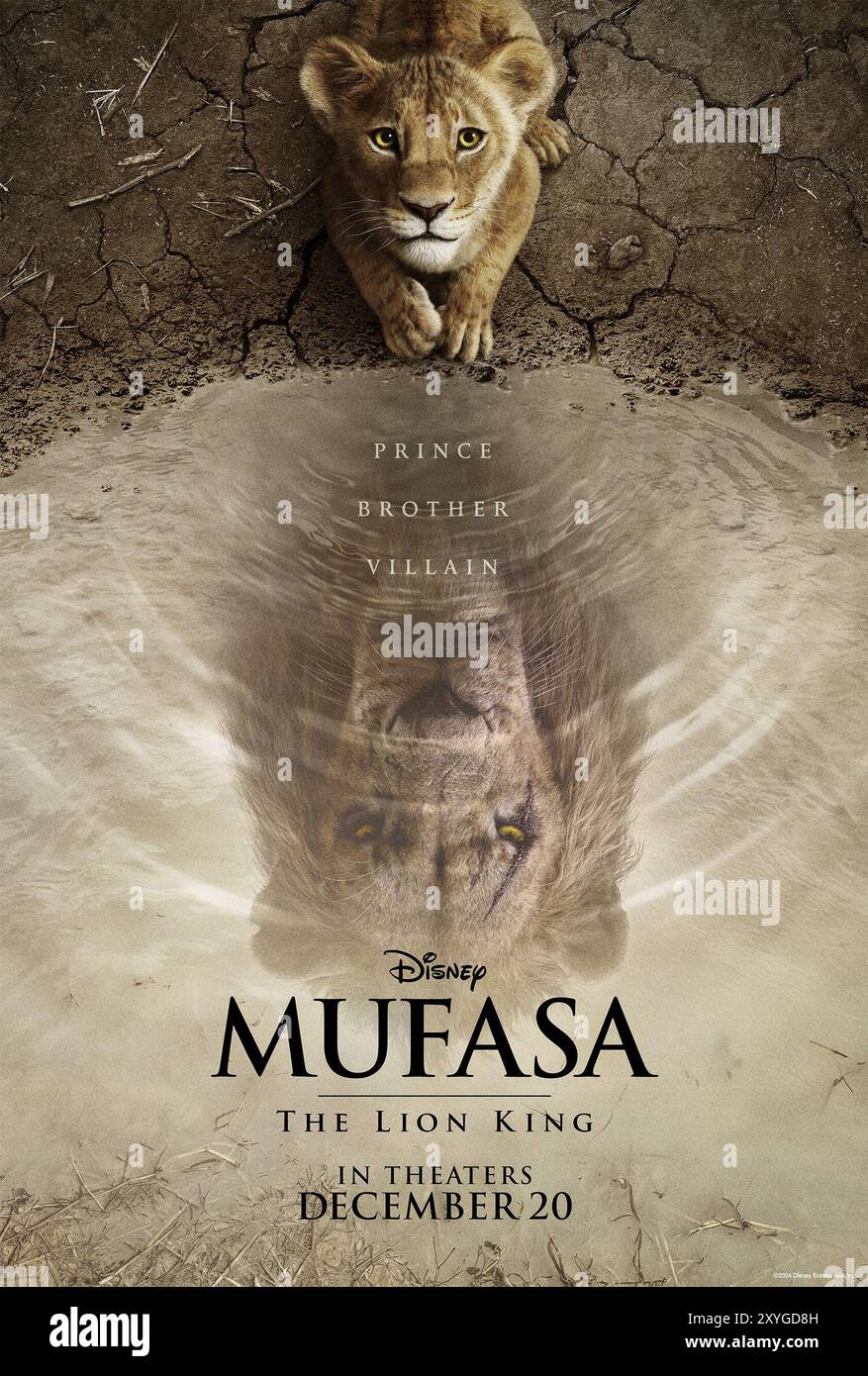
“Mufasa: The Lion King” (2024)
Barry Jenkins’s “Mufasa: The Lion King“ is an ambitious prequel to Disney’s beloved “The Lion King,”which some consider Disney’s greatest animated children’s film. The movie dives into the origins of lion cub Mufasa and his brother Taka (later known as Scar). While the film has moments of extreme emotional storytelling and extraordinary visuals, it ultimately struggles to capture the magic and fame of its predecessor.
The story explores Mufasa’s journey from a humble cub to the wise and noble king we meet in the original film. This narrative offers new insights into his character and showcases his complex relationship with Taka. The movie makes us question who the ‘good’ or ‘bad’ guy is, something evident in the original “The Lion King” movie. Before this film was released, Scar was known to be a notorious Disney villain, but this offers a whole new perspective on the emotional trauma that made him a villain, which was a major positive of the writing and scripting of this film. I enjoyed seeing both characters’ backgrounds and watching childish and silly Taka become Scar.
Musically, the film is all over the place. The original songs by Lin-Manuel Miranda fall short of expectations. This isn’t to say they are bad, but they are highly forgettable. This is nowhere close to other Disney Lin–Manuel Miranda movies such as “Moana,” “Mary Poppins Returns,” and “Encanto.” Unlike Elton John’s incredible tracks from the original, these songs feel less impactful and fail to leave a lasting impression. I found almost all songs to not be catchy and didn’t stick with most viewers. I don’t remember any music; it is all forgettable and feels like filler for the plot.
Visually, the film is stunning, but it also suffers from the limitations of its hyper-realistic style, which was massively hated during the 2019 adaptation of “The Lion King.” While the CGI is technically impressive, it lacks the expressiveness of traditional animation. The characters’ emotions don’t always translate well, creating a disconnect that dampens the film’s emotional resonance. Additionally, witnessing lions and other animals speaking with unnatural mouth movements is weird. This problem was completely non-existent in the original “The Lion King,” and I believe if “Mufasa: The Lion King” stuck to using animation, it could have been a massive hit. It is much easier to tell a story when you can access a whole world of possibilities through animation, especially if the story is about something fictional, like lions beefing over royalty and betrayal.
Despite its flaws, “Mufasa“ still delivers many moments of beautiful storytelling. However, it’s hard not to imagine how much better the film could have been if it had embraced a more stylized, animated approach. Whether that was the same style of animation used in the original or similar to recent Disney movies, it would have been an enormous improvement. The film was also released at a bad time, potentially exacerbating “Mufasa’s” failure to remain relevant. “Mufasa: The Lion King” followed “Wicked“ and was released on the same day as “Sonic the Hedgehog 3,”another popular children’s movie that took away much of “Mufasa’s” spotlight. Maybe if it was released at a better time, it would have stuck around longer and remained popular, like how previous Disney movies have been for months after their release dates.
While “Mufasa: The Lion King” doesn’t quite reach the heights of the original, it remains a worthy addition to Disney’s legacy. It offers fans a deeper understanding of one of the most notable characters in animation history and reminds us why “The Lion King“ endures.




